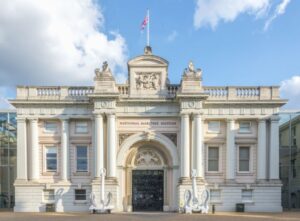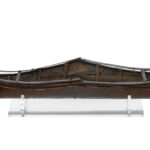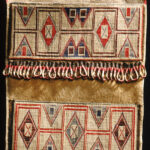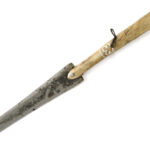
Wellcome Collection
183 Euston Road, London, NW1 2BE
WEBSITE COLLECTIONS DATABASE
COLLECTIONS DATABASE E: collections@wellcomecollection.org
E: collections@wellcomecollection.org
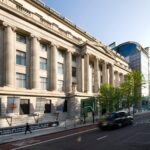 Named after Sir Henry S. Wellcome, an American pharmaceutical businessman with a keen interest in collecting, Wellcome’s original Historical Medical Museum comprised over one million objects. Following Wellcome’s death in 1936, the majority of the collection was dispersed. Today, Wellcome Collection retains a significant archive that reflects Wellcome’s interests in science, medicine, life and art. The remaining objects from his original collection are held at the Science Museum on a long-term loan basis.
Named after Sir Henry S. Wellcome, an American pharmaceutical businessman with a keen interest in collecting, Wellcome’s original Historical Medical Museum comprised over one million objects. Following Wellcome’s death in 1936, the majority of the collection was dispersed. Today, Wellcome Collection retains a significant archive that reflects Wellcome’s interests in science, medicine, life and art. The remaining objects from his original collection are held at the Science Museum on a long-term loan basis.
Throughout his life, Wellcome maintained an interest in Native North American cultures and medicinal practices. Particularly significant is his complex relationship with Coast Tsimshian communities, evidenced through his support of the Anglican missionary William Duncan. This is documented in a collection of hand-written journals by Tsimshian man Arthur Wellington Clah, a painting of the village of Lax Kw’alaams (in what is currently known as British Columbia) by Frederick Alexcee and in Wellcome’s own book, The Story of Metlakahtla.
Wellcome Collection have extended an invitation to Indigenous communities to collaborate on ensuring that the cultural meaning and context of these collections is reflected in how the museum develops, manages and presents them. See here for more information on how to get involved.
Please contact the museum well in advance of your visit to ensure that access to collections is possible.
HIGHLIGHTS (Images copyright of Wellcome Collection)
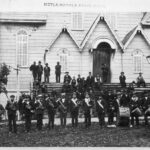
Metlakahtla brass band, 1916
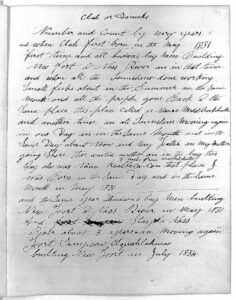
Journal entry by A.W. Clah (Tsimshian Indian), dated 1831-1832
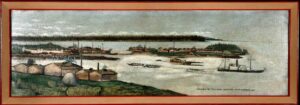
Fort Simpson, British Columbia. Oil painting by Frederick Alexkcee (Alexcee), 1902.


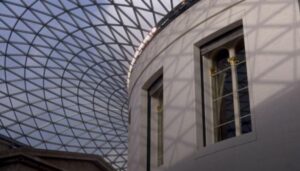 The British Museum was founded in 1753. It was the first national museum to cover all fields of human knowledge and was opened to visitors from across the world.
The British Museum was founded in 1753. It was the first national museum to cover all fields of human knowledge and was opened to visitors from across the world.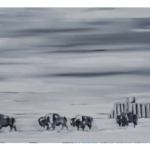
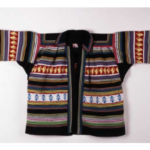
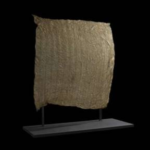
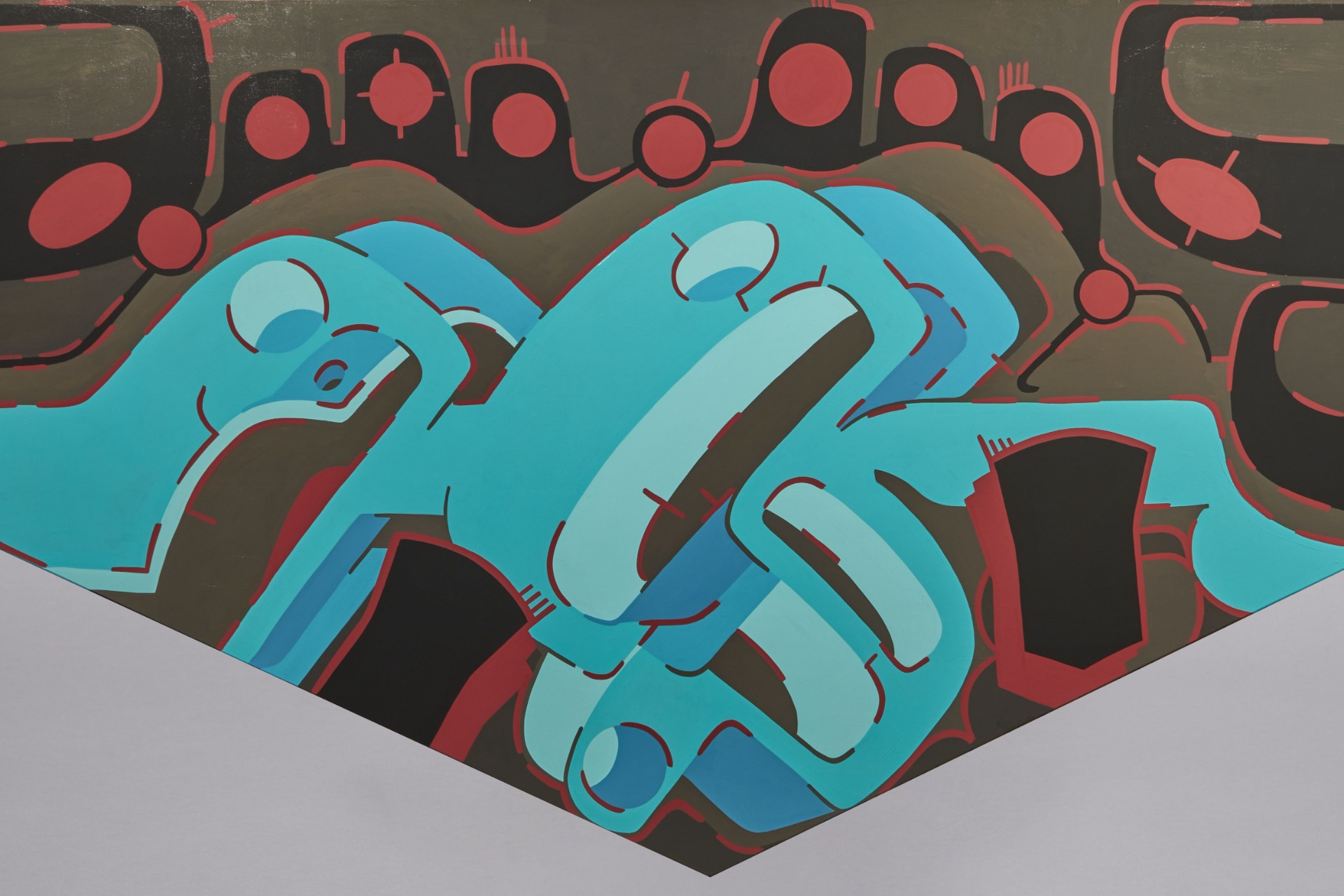
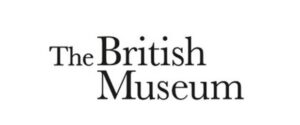

 Named after Sir Henry S. Wellcome, an American pharmaceutical businessman with a keen interest in collecting, Wellcome’s original Historical Medical Museum comprised over one million objects. Following Wellcome’s death in 1936, the majority of the collection was dispersed. Today, Wellcome Collection retains a significant archive that reflects Wellcome’s interests in science, medicine, life and art. The remaining objects from his original collection are held at the Science Museum on a long-term loan basis.
Named after Sir Henry S. Wellcome, an American pharmaceutical businessman with a keen interest in collecting, Wellcome’s original Historical Medical Museum comprised over one million objects. Following Wellcome’s death in 1936, the majority of the collection was dispersed. Today, Wellcome Collection retains a significant archive that reflects Wellcome’s interests in science, medicine, life and art. The remaining objects from his original collection are held at the Science Museum on a long-term loan basis.


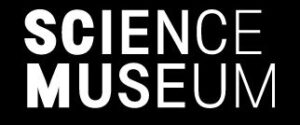
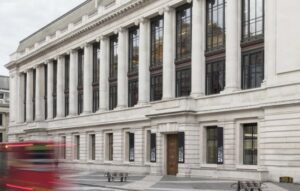 Alongside its own impressive collection, the Science Museum in London houses the remaining material from the Wellcome Historical Medical Museum
Alongside its own impressive collection, the Science Museum in London houses the remaining material from the Wellcome Historical Medical Museum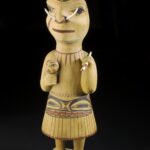
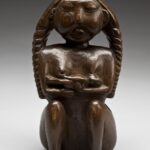
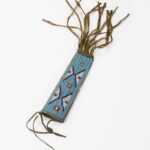
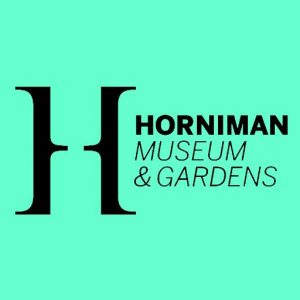
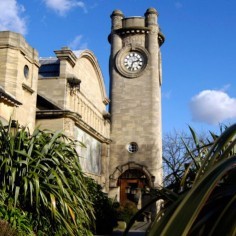
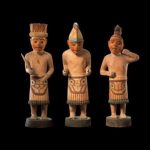
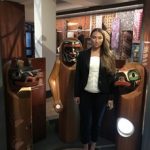
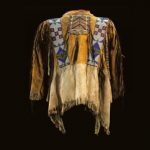
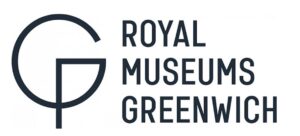 Royal Museums Greenwich and the National Maritime Museum
Royal Museums Greenwich and the National Maritime Museum